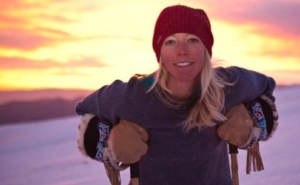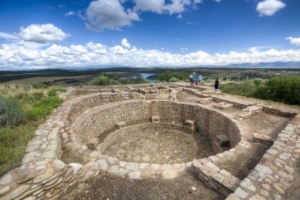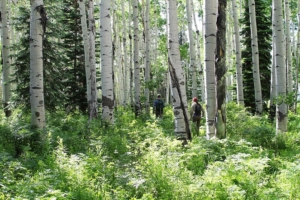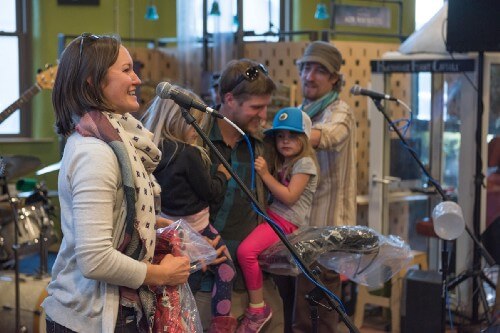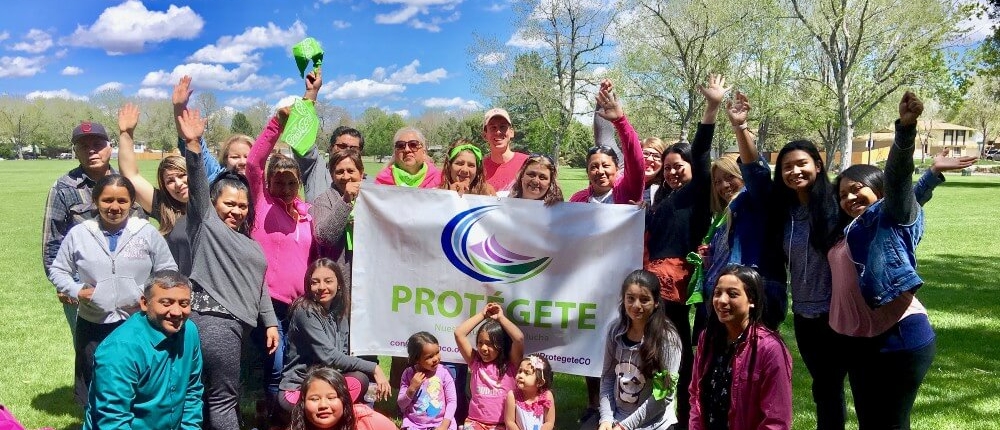Written by Emelie Frojen
In Colorado, our stunning mountains, open vistas, and rushing rivers inspire us and connect us to nature. Unfortunately, our public lands face countless attacks from powerful interests, like corporate polluters and the Trump administration, who are out of line with the values Coloradans hold dear.
As Coloradans, it’s our responsibility to show decision makers that we value and cherish our parks, wild places, and public lands. That’s why this month is Conservation Colorado’s Month of Action. Between now and May 31, we have a goal of generating 10,000 actions in support of Colorado’s outdoor spaces.
Here are 31 actions you can take this May to protect where you play!

1.Celebrate Colorado Public Lands Day! Did you know May 19th is Colorado Public Lands Day? In May 2016, Colorado became the first state in the nation to establish a state holiday for our public lands. The third Saturday in May is now recognized as Colorado Public Lands Day, a day to celebrate how our public lands are central to our economy and our quality of life. So, make sure to mark your calendar and take a chance to get outside, enjoy our unparalleled wild places, and give back to the public lands that provide us with so much. Find an event or volunteer opportunity near you at http://copubliclandsday.com .
2. Support more diversity in the outdoors. For far too long, public lands have been inaccessible for many communities due to their race, gender, sexual orientation, socio-economic status, and other reasons. Our public lands are for everyone, and it is our job to make sure they are accessible for marginalized groups. Take time this month to learn about the history of diversity on our public lands by watching this video and supporting groups that are working to make the outdoors the inclusive place it should be.
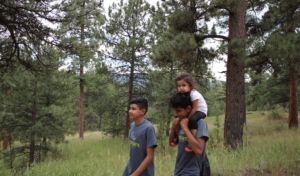
3. Take a friend or family member out on public lands. One of the best ways to spread the public lands love is to share it! Take a friend, or five, and go for a hike, sit by a river, or take a picnic to your local park. There are many ways we can enjoy public outdoor spaces so make sure to share it.
4. Attend or host an event for Colorado Public Lands Day. There are numerous events to celebrate Colorado Public Lands Day happening across Colorado. Find the one closest to you or host an event.
5. Share your story and listen to others. You don’t have to wait until May 19th to celebrate Colorado Public Lands Day! There are several early events going on that you can attend for free, including a storytelling event in Denver, an event at New Belgium Brewery, and another one in Steamboat Springs.
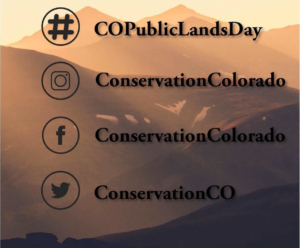
6. Spread the word about Colorado Public Lands Day on social media. By doing so, you are showing your support of our public lands and encouraging others to act too!
7. Protect Colorado’s Grand Mesa, Uncompahgre, and Gunnison National Forests. The Forest Service announced that it’s updating its plan to protect Colorado’s Grand Mesa, Uncompahgre, and Gunnison National Forests. The land under review is a 3-million-acre forest that includes 10 Wilderness areas and five fourteeners. The Grand Mesa, just east of Grand Junction, is a large, flat-topped mountain with over 300 lakes. Lend your voice to help protect this beautiful place.
8–9. Support and Celebrate the Passing of Great Outdoors Colorado. This past legislative session, we worked hard to help pass a bill that reauthorizes the Colorado Lottery Division, which supports outdoor recreation and land conservation in all 64 counties in the state. Join us in celebrating the passing of the GOCO bill. Learn more about GOCO and the outdoor places it supports.
10–14. Support the Continental Divide Bill . For nearly a decade, conservationists, local leaders, mountain bikers, sportsmen, veterans, and others have come together to forge a proposal that balances protecting wilderness-quality lands with sustaining the recreation economy on which local communities depend. Learn more about the bill on our website. Tell Cory Gardner to support Continental Divide Bill. Thank Senator Bennet and Representative Polis for their hard work on the bill. Spread the word: Explore the area, share a photo, and tag it #COContinentalDivide.

Photo: Devon Balet
15. Visit the closest public lands to you! You don’t have to get into a car and drive for hours to get outside! Visiting local parks and open spaces is a great way to appreciate public land that is free and easy. Many Coloradans can reach these places by walking, biking, or taking public transportation. Challenge yourself to get to a local park without taking a car, and share your adventure with us on social media by tagging us @conservationcolorado and using the hashtag #protectwhereyouplay
16–17. Support our national monuments. Our national monuments contain cultural or historic significance and must remain untouched by destructive development, energy exploration, or construction. That’s why it’s so important that we all take action to prevent the Trump administration from carrying out their attempts to diminish the size and protections for all of these monuments. Our national monuments should remain protected for future generations to enjoy; they are a gift that belongs to all. Take action or donate to protect them.

Photo: Marc Toso
18. Attend our Rebel with a Cause Gala. Now in its 17th year, Rebel with a Cause is the largest environmental event in the state. The gala brings together over 750 people for a night of celebration and fun. Join Colorado’s most prominent decision-makers, philanthropists, businesses, and environmentalists for a night you don’t want to miss. Our 2018 Rebels are the native-led organizations who are fighting to protect Bears Ears National Monument, Bears Ears Inter-Tribal Coalition and Utah Diné Bikéyah. Buy a ticket, become a sponsor, or donate to the silent auction.
19–20. Stand up against lease sales. One of the greatest threats to our public lands are oil and gas lease sales. Rather than large sell offs, the Bureau of Land Management has the power to lease land to oil and gas companies for 10 years. Flying under the radar, this process subjects the land to construction and drilling without much public action or opinion! Read up on Colorado lease sales and stay up to date. Our efforts to protect Colorado lands from oil and gas lease sales will continue for years to come. That’s why we need ongoing support to fund this important work. Donate today to protect where you play.

21. Pick up trash on a local trail. Help out public land managers by bringing an extra trash bag on your next hike and picking up trash along the way.
22. Share a photo of your favorite public lands spot on social media. Tell us why and be sure to tag us @conservationcolorado and use the hashtag #protectwhereyouplay
23. Volunteer to do trail work! Donate your time to the places you love.
24. Register to vote. The best way you can stand up for our public lands is with your vote. We have an important election this fall and need your help making sure the environment is a priority. Make sure you are registered or that your registration is up-to-date.
25–26. Get engaged locally. Do you know who your local representative is or how they stand on environmental issues? Visit our website to find out who they are and where they stand. Now, take a moment to tell your local representative how much public lands mean to you.
27. Leave no trace. When you’re outside, make sure you’re following “leave no trace” guidelines and are making an active effort to keep our lands pristine.
28. Stay up-to-date on Colorado public lands issues by signing up for our email list. This will help you stay in the know on all of the issues affecting Colorado’s land, air, water, and communities.
29. Watch and share our video! This episode of Conservation Chats focuses on how you can take action in support of public lands.
30. Work at a business that cares about the environment? Encourage your employer to take action! The Colorado Outdoor Business Alliance (COBA) is a coalition of Colorado’s leading outdoor recreation businesses and businesses who love the outdoors that recognize the fundamental role public lands play in sustaining Colorado’s emerging economy. Join our COBA program and ask your employer about a donation match program.
31. Donate to the places you love. We are working hard to protect the places that make Colorado special! By donating to us, you are helping us fight for our land, air, water, and communities. The best thing could do this May is protect where you play.



